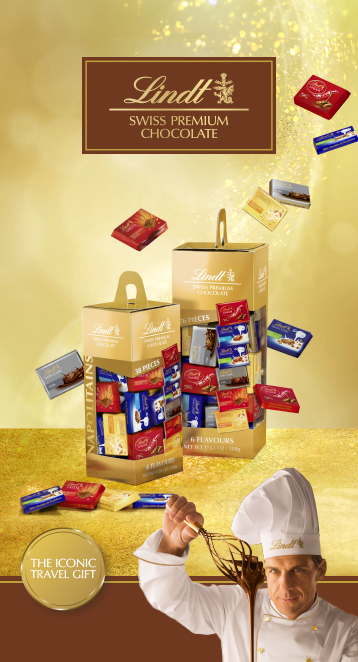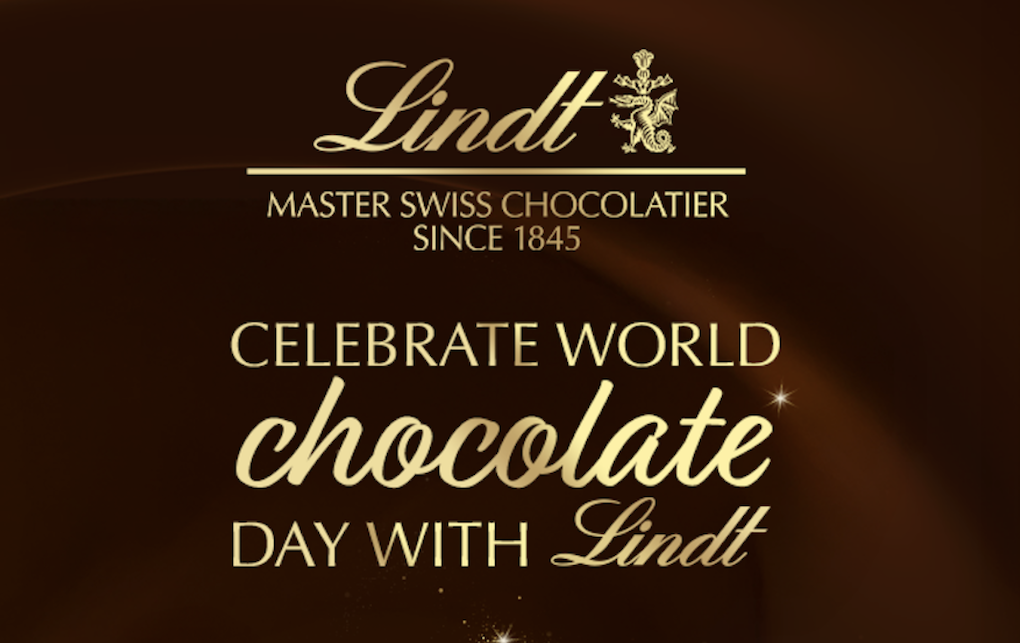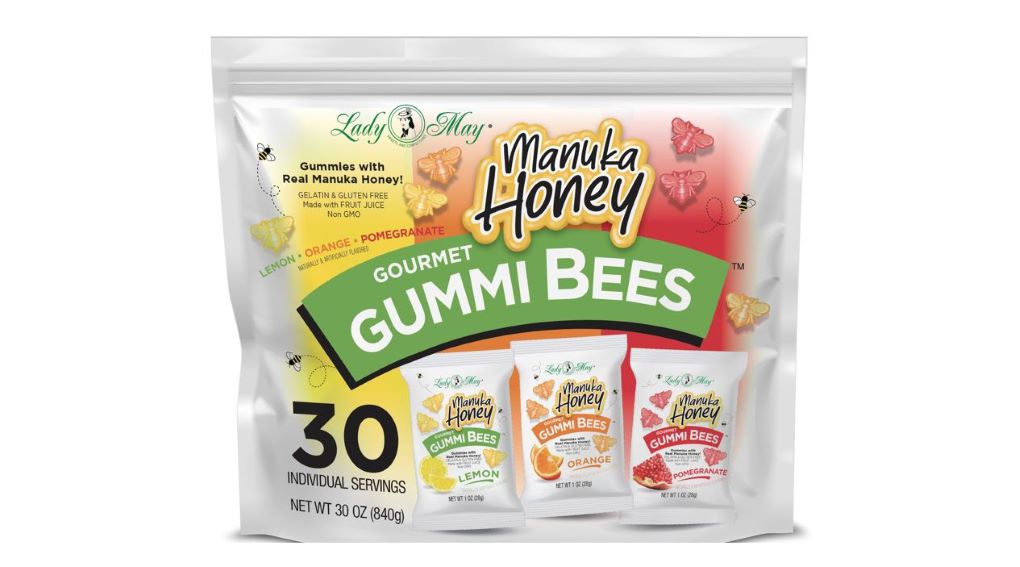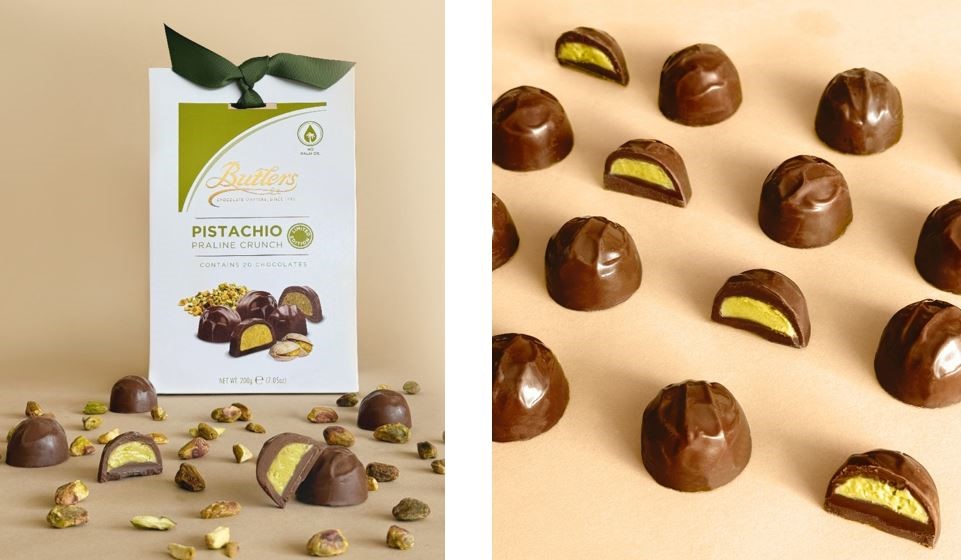“We’ve reached 150 years because we’ve understood our customers; the success of our company is based on this.”
So says Nestlé’s Stewart Dryburgh, who was offering an overview of the company (which turned 150 in 2016) during a recent press trip to its chocolate factory in Broc, Switzerland.
Nowhere is this philosophy more evident than in travel retail. Dryburgh, who is General Manager of Nestlé International Travel Retail (NITR), notes that the channel offers a vital opportunity to create value for Nestlé. “Why does this business unit exist?” he asks. “To be Nestlé’s window to the world of the global traveller.”
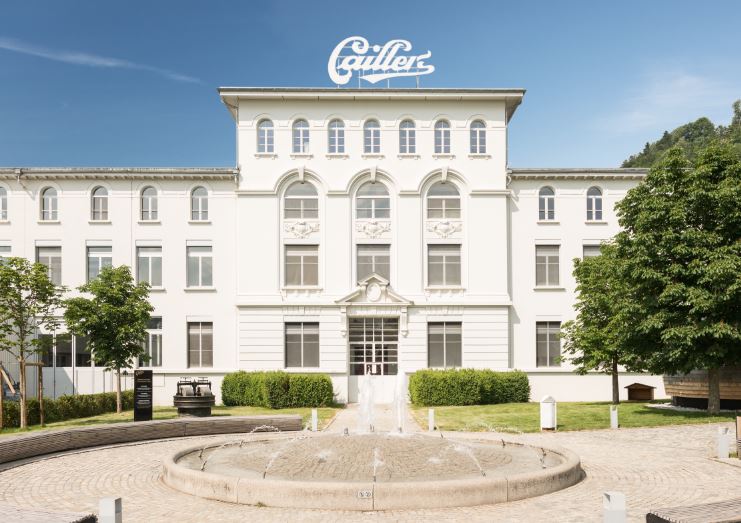
Against a background in which social media and e-commerce are becoming increasingly widespread, travel retail offers an opportunity for a face-to-face encounter with the consumer, Dryburgh notes. So rather than be threatened by external factors, companies should instead embrace the opportunities.
“If you do deliver what [Millennials] want you get a fantastic return. You can win big, or you can lose big.”
“We are totally committed to the industry,” Dryburgh says. “Our aim is to become the innovative leader in travel retail. Becoming the biggest business is probably not realistic, but this is a re-attainable ambition. I say ‘re-attainable’ because we were recognised for this before, in the early part of the previous decade.”
Innovation comes in a lot of forms, according to Dryburgh. Nestlé introduced its new strategic vision for travel retail at the TFWA World Exhibition in Cannes in 2017, and it can be summed up in one word – SOUL. Or ‘Stories, Occasions, Unique, Local’.
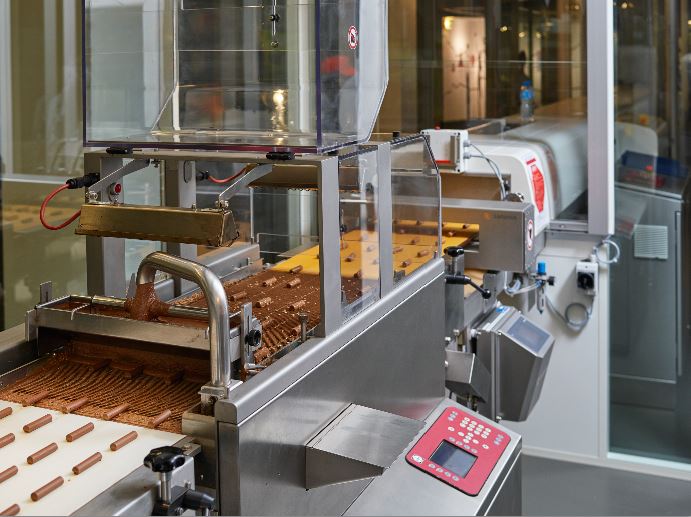
The strategy involves sharing rich and engaging brand stories while offering exclusive products and experiences. The shopper must be identified so that specific gifting or other occasions can be targeted, while there must also be a focus on the principle of “now and nowhere else”, says Dryburgh.

At the heart of the SOUL strategy is engagement. Dryburgh notes that sales in the confectionery category overall have picked up in the past few years. The category was back in growth on a global basis last year (following a dip in 2015/16) and now sits at somewhere between 7-8% of total channel sales, he says.
“[Confectionery] clearly has a role to play,” explains Dryburgh. “It is not always a primary driver to get consumers into the store, but it plays a secondary role in growing basket spend. Our challenge is to work out how our category can help engage consumers and drive top-line spending.”
A particular focus for NITR is the Millennial consumer. “They are a group of now and not tomorrow,” explains Dryburgh. “They are more demanding, everything must be instant, social and on-demand. But if you do deliver what they want you get a fantastic return. You can win big, or you can lose big.”
Today’s shoppers are “digitally distracted” and footfall is decreasing as they can spend time elsewhere in the airport, Dryburgh notes. Nestlé’s solutions to these challenges form the basis of its SOUL strategy.
“Brands have to engage with shoppers,” explains Dryburgh. “This means on social media and in the store and airport environment. They should want to see what is going on in the duty free store, because there should be something exciting going on.”
[This short video expresses some of the key qualities of both travel retail and NITR.]
Switzerland style
The SOUL strategy and focus on Millennials is evident in the relaunch of the travel retail-exclusive Nestlé Swiss range, which underwent a 12-month programme of brand redevelopment.
Nestlé Senior Brand Manager Nizar Belhachmi explains that despite strong growth in 2007 and 2008 after the brand was first launched, it “ultimately didn’t manage to create a strong brand equity”.
The ingredients for success were there: high-quality Swiss chocolate was used, its Swiss heritage presented an opportunity for engaging and evocative storytelling, and the brand was specifically created for the travel retail channel.

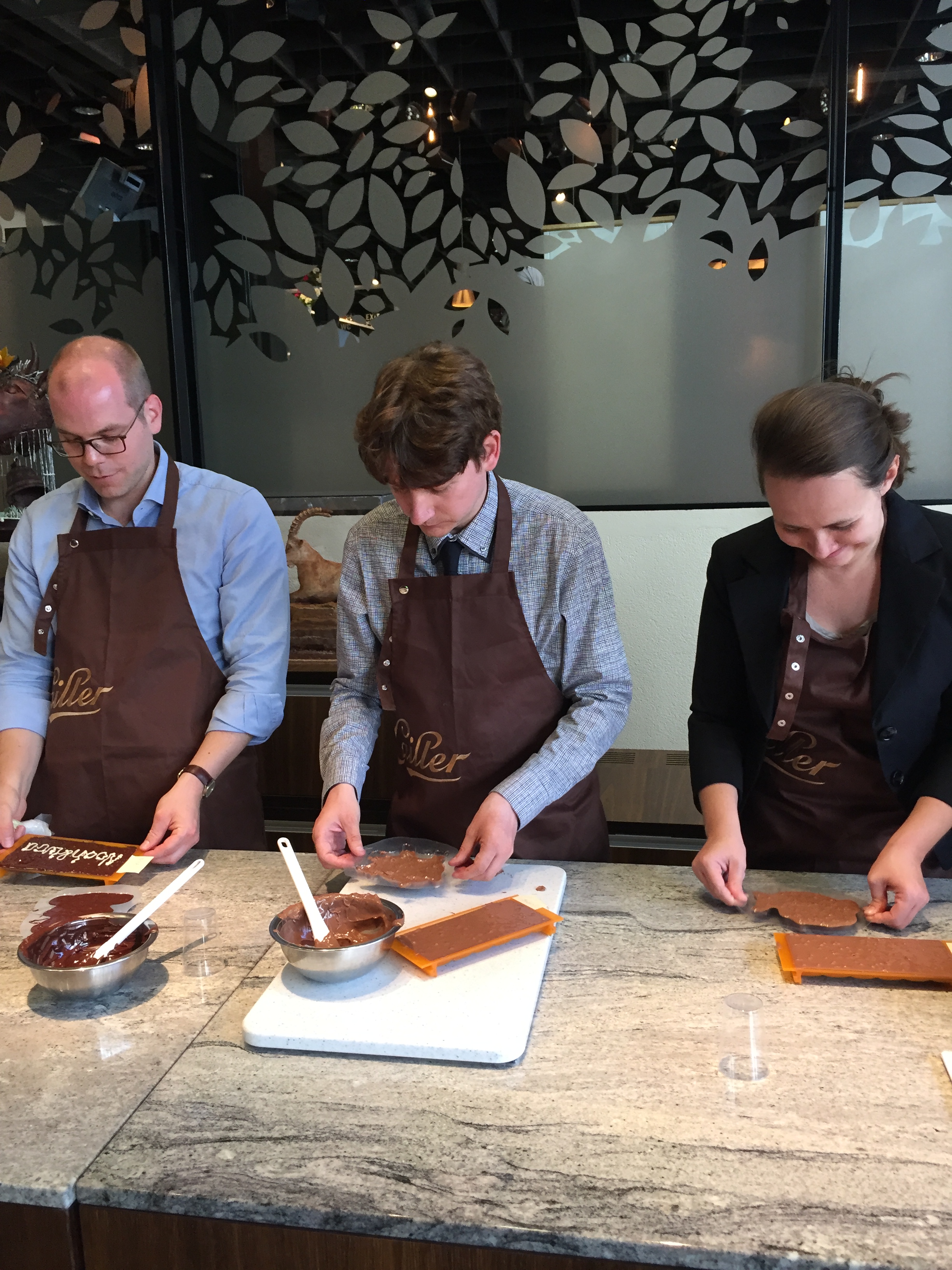
The number of products in the range was reduced between 2013 and 2015 as it had become clear to the company that the storytelling potential was not being maximised, the packaging was not strong enough, and even the name was causing confusion.
“When we stop innovating, we lose business,” says Belhachmi. This led to the redevelopment and relaunch of Nestlé Swiss, which now particularly targets Millennial travellers, who NITR says are seeking “discovery and adventure”.
“Why does this business unit exist? To be Nestlé’s window to the world of the global traveller.”
Nestlé Swiss’ updated brand story is based on the spirit of ‘trouvaille’, representing “an encounter with something wonderful”, according to Belhachmi. Its new visual identity is inspired by the natural and rugged landscapes of Switzerland, and the brand strategy features engagement with all five senses. There are clear variants in the product range, separated by colours, and the brand has emphasised offering a “consistent product experience” across the selection.
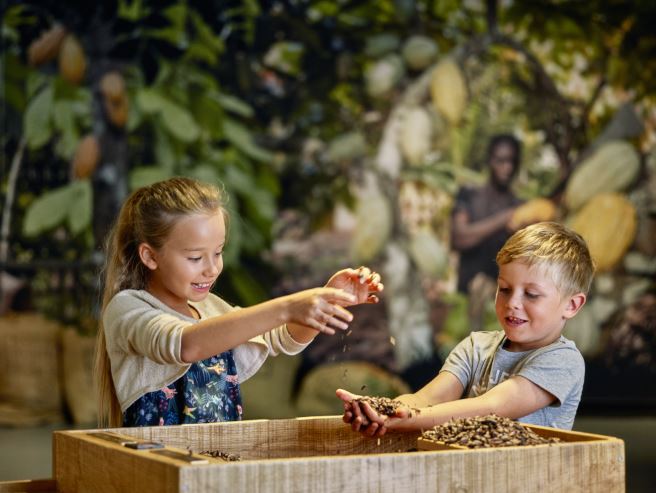
Just as significant have been the instore executions, which present striking visuals and digital content. “We have created a disruptive way of engaging with the shopper,” says Belhachmi.
The final piece of the puzzle was increasing the price of the Nestlé Swiss range by +10%. Although seemingly counterintuitive, the increase reflects the brand’s premium quality and the power of stories and engagement.
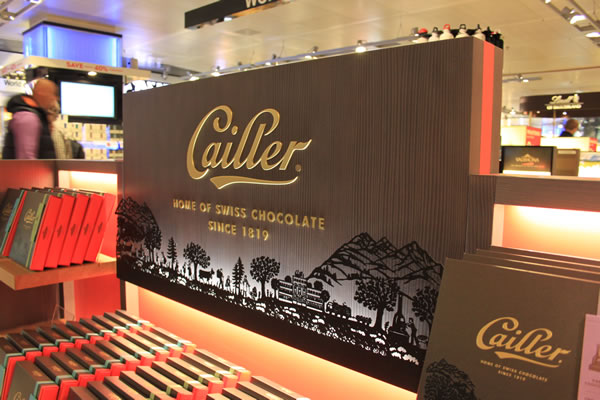
The results of this relaunch have been extremely encouraging, with positive customer feedback translating into sales increases. The brand experienced +117% growth in 2016-17 (albeit from a relatively low base), and projected growth based on current sales in 2017-18 is +30%. This is ahead of category growth, says Dryburgh.
“We are on track with what we want to do and we are still growing,” he concludes. “Customers value the experience if you get the story and the proposition right. And we will continue to build on this story in Cannes [at TFWA 2018] and beyond.”




